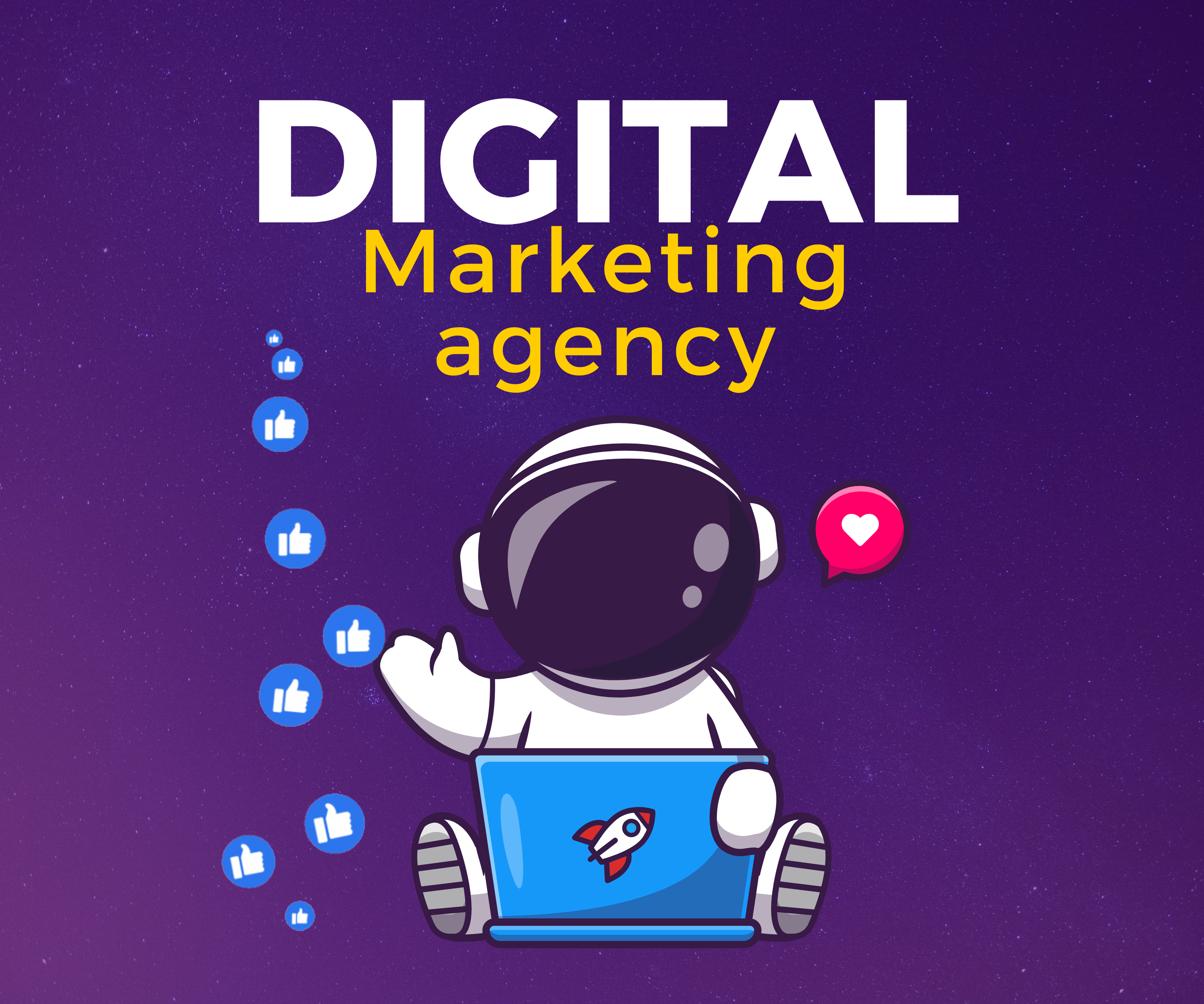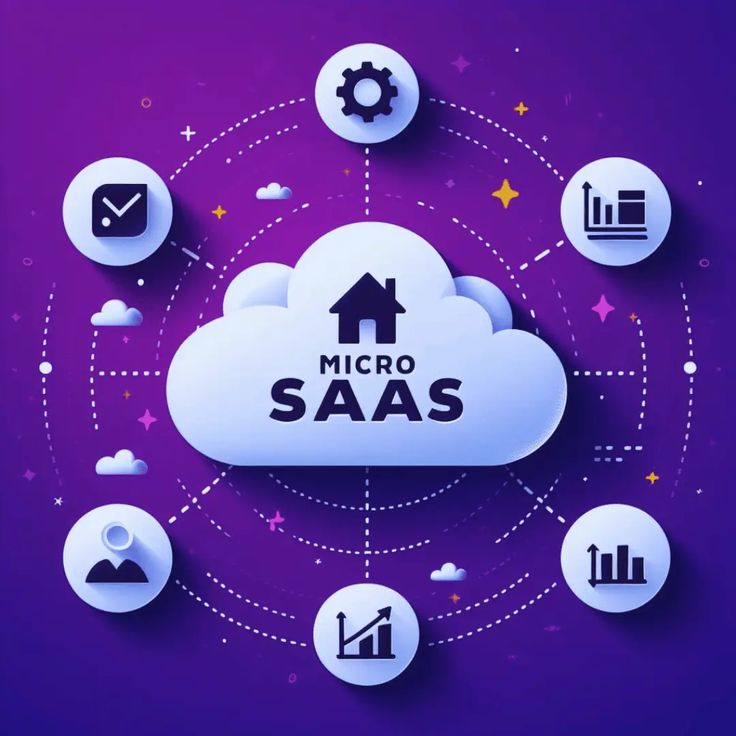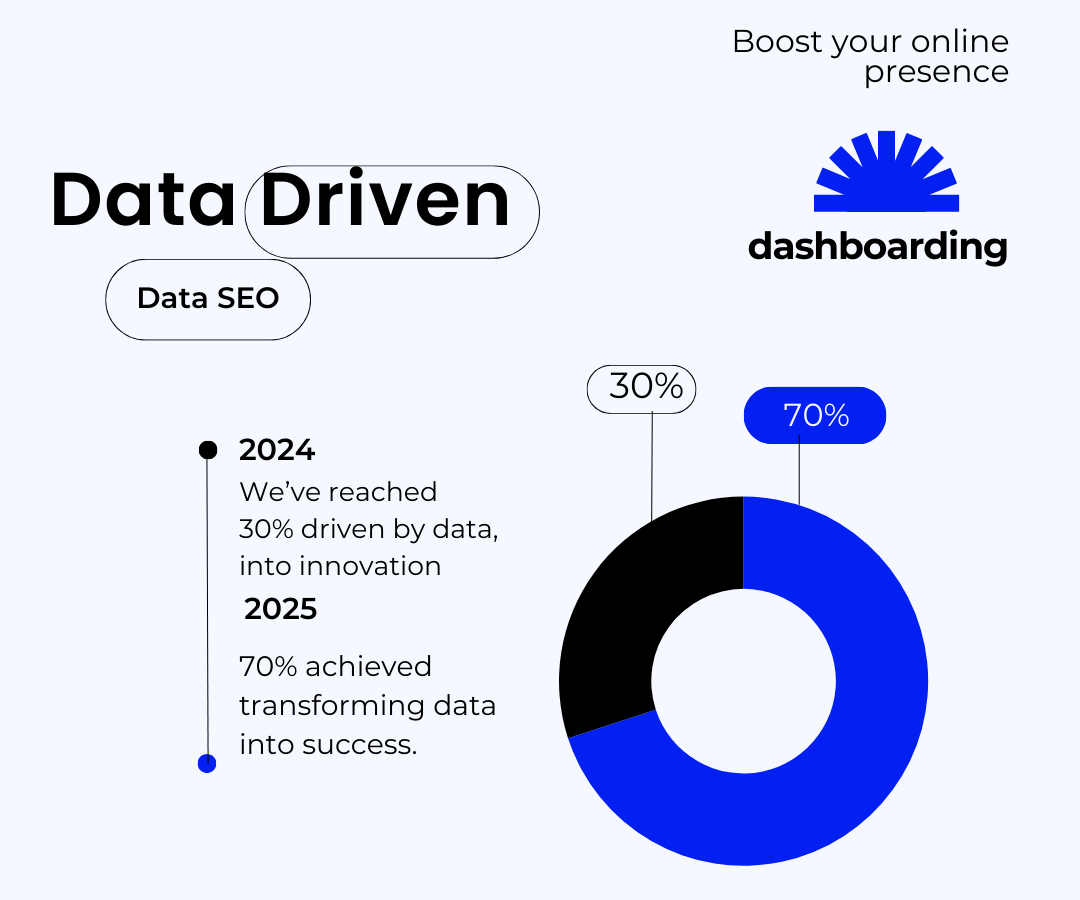Introduction
Digital marketing has evolved far beyond SEO and banner ads. In 2025, it’s an intelligent ecosystem where brands connect with audiences across dozens of touchpoints — social media, search, email, voice, influencers, and even AI assistants. The challenge? Attention is scarce, privacy is sacred, and users are smarter than ever. To succeed, businesses need a strategic, data-informed, and multi-platform approach that blends creativity with analytics.
Development
1. The Core Pillars of Modern Digital Marketing
Digital marketing today revolves around five interconnected pillars:
- Content: Valuable, relevant, and optimized for each platform — whether it’s a blog, video, newsletter, or meme.
- Channels: From Google Ads to TikTok, each platform has unique rules. Omnichannel presence means adapting tone and strategy per channel.
- Data: Real-time analytics fuel optimization. Every impression, click, and bounce is feedback.
- Personalization: Generic content doesn’t cut it anymore. Users expect content tailored to their behavior, interests, and context.
- Automation: Marketing workflows are increasingly automated — emails, ad triggers, lead nurturing — using tools like HubSpot, ActiveCampaign, or Klaviyo.
2. Paid Media: Targeting With Laser Precision
Gone are the days of spray-and-pray advertising. In 2025:
- Google Ads offer AI-powered smart bidding and performance max campaigns, optimizing across search, display, YouTube, and shopping.
- Facebook & Instagram Ads focus on storytelling and community engagement with creatives that mirror native content.
- TikTok Ads rely on authenticity — brands must think like creators and integrate into trends to perform.
- Retargeting strategies are more subtle but essential — reminding users at the right time without overwhelming them.
The most successful advertisers understand the psychology behind every click.
3. Organic Strategy: Building Trust and Long-Term Equity
Paid traffic is powerful, but organic marketing builds authority and trust:
- SEO remains a long-term play — from technical optimization to EEAT-driven content (Expertise, Experience, Authoritativeness, Trust).
- Social media isn’t just for reach; it’s a branding engine and customer service hub.
- Blogging and content marketing help businesses position themselves as thought leaders while driving traffic and backlinks.
- Email marketing still delivers some of the highest ROI — especially when personalized and behavior-driven.
The balance between short-term results and long-term strategy is key.
4. User Experience (UX) and Conversion Optimization
All your marketing efforts are wasted if the destination — your website or landing page — doesn’t convert. In 2025:
- Speed, clarity, and responsiveness are critical.
- Clear CTAs, concise messaging, and smooth navigation improve engagement.
- A/B testing becomes part of daily optimization.
- Trust elements (reviews, guarantees, security badges) are not optional anymore.
Good marketing gets the click. Great marketing gets the conversion.
5. Privacy, Ethics, and the Cookieless Era
As data privacy regulations tighten (GDPR, CCPA, and more), marketers must balance performance with transparency:
- First-party data becomes a strategic priority — collecting emails, preferences, and interactions ethically.
- Consent-based marketing ensures that users opt into tracking and communication.
- AI tools help deliver personalized experiences without relying on invasive third-party cookies.
Trust is the new currency of digital marketing.
Conclusion
Digital marketing in 2025 is no longer just about visibility — it’s about value, velocity, and relevance. Brands that master their data, craft resonant content, and deliver seamless experiences across platforms will outpace the competition. It’s not about doing more — it’s about doing it smarter. Whether you’re a startup or an enterprise, a strong digital marketing strategy isn’t a luxury — it’s a necessity for survival and growth in today’s hyper-connected world.





